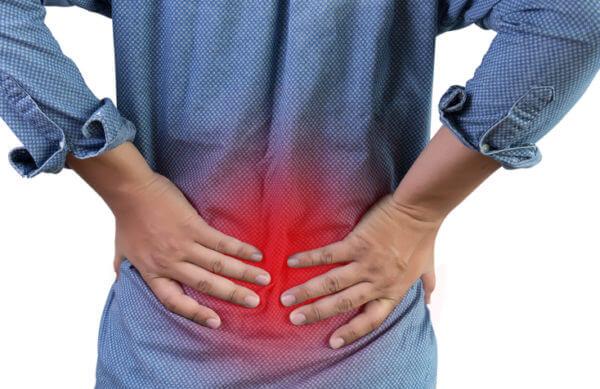Looking for the fountain of youth? Exercising daily is one of the most effective ways to help your body stay healthy and agile.
The benefits of physical activity are abundant and include everything from improved mood to more restful sleep. According to the National Heart, Lung, and Blood Institute, regular exercise helps strengthen the heart so it can pump blood more efficiently to your entire body. As a result, every system can work more efficiently, decreasing the risk of:
- Diabetes
- Heart disease
- Obesity
- Osteoporosis
“Low-impact fitness programs can decrease pain and improve overall health,” says Jeremy Gardner, MD, orthopedic surgeon with Altru Advanced Orthopedics. “Exercise has been shown to have a protective effect on our joints, including the ankles, knees, and shoulders. I advise patients to focus on improving core strength and managing weight with activities such as Pilates, swimming, and yoga.”
What’s Right for You?
To find the most healthful exercise routines for your body, choose activities that are accessible, enjoyable, and realistically fit into your daily life, such as walking after dinner every evening or riding a bike for 20 minutes every morning before work.
“If you are unsure where to begin, find someone to help you,” says Amanda Leavy, PT, a physical therapist at the Sanny & Jerry Ryan Center for Prevention & Genetics. “Talk with your doctor about a plan that complements your body’s abilities, and don’t be afraid to try something new.”
The Right Stuff
Before you begin any workout routine, make sure you are well-equipped for safety. Consult with a certified instructor if you are trying new exercises or equipment to ensure you maintain proper form and avoid injury.
Also, make sure you are wearing the appropriate shoes for activities such as hiking and running. Look for well-fitting shoes with proper arch support and extra cushioning for your feet that will help protect your knees and hips.
The Power of Prevention
When engaging in any regular exercise routine, remember to follow these steps to help prevent injuries to your muscles and joints:
- Fuel up with foods such as berries and salmon, which contain anti-inflammatory properties to benefit joints.
- Stretch before and after your workout to balance and lengthen muscles.
- When in pain, stop! Sharp, shooting sensations signal that something is not right. If the pain persists, speak with your doctor.
Repair or Replace?
Healthy cartilage, which can sometimes be damaged by injury or wear and tear over time, is critical to the proper function of joints. Cartilage can be restored through a surgical procedure available at Altru Advanced Orthopedics.
“Cartilage restoration is our first line of defense to avoid joint replacement, which we want to delay as long as possible,” says Darin Leetun, MD, orthopedic surgeon at Altru. “It’s like fixing potholes to delay paving a whole road.”
According to Dr. Leetun, ideal candidates for cartilage restoration are people between the ages of 20 and 50 who will likely need joint replacement later in life.
“Joint replacement isn’t something you want to do more than once,” Dr. Leetun says. “Because the typical lifespan of a joint replacement is between 15 and 20 years, we want to buy younger patients sometime. Cartilage restoration helps keep patients moving without pain.”
Time to Replace?
Constant pain in the hips, knees, or shoulders may warrant joint replacement surgery, which should only be considered after conservative treatments have failed.
“In the field of orthopedics, there are only a few cases where surgery is the only option,” Dr. Gardner says. “I work with my patients to first maximize non-operative options such as physical therapy. If your quality of life is compromised, then a joint replacement can be very beneficial.”
Thanks to the latest surgical technologies, joint replacement procedures can be performed using minimally invasive techniques such as the Direct Anterior Approach (DAA) for hip replacement. Available at Altru, DAA disrupts less muscle and tissue than conventional procedures, resulting in faster recovery times and reduced scarring.
“The goal is to have a well-positioned hip that will last for the rest of the patient’s life,” Dr. Gardner says. “I use DAA because it allows for better evaluation of leg length and implant position.”
For information about Altru Advanced Orthopedics, visit altru.org/ortho or call 701.780.2300.







